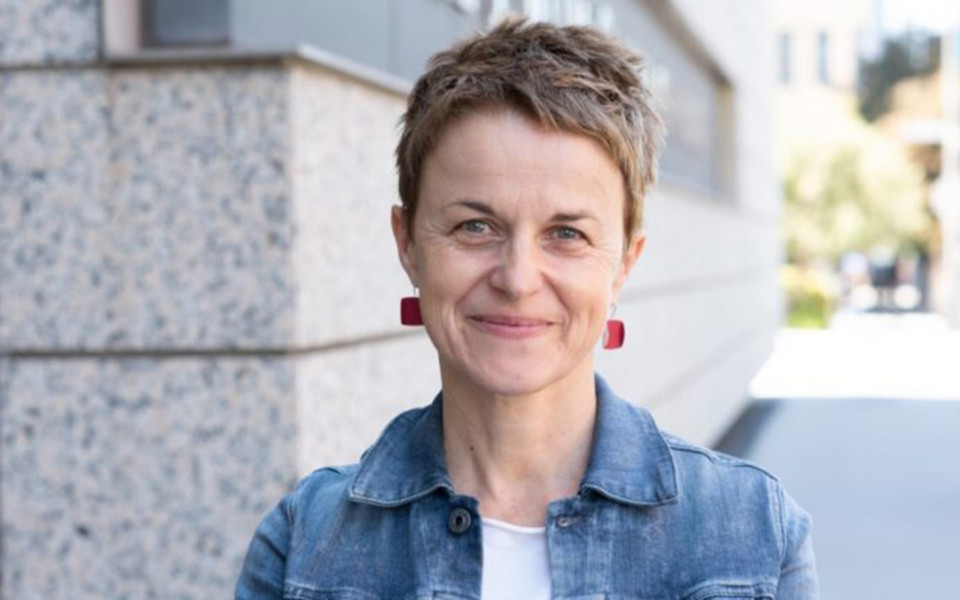You need a special lab to study the coronavirus. Here’s what it takes to get one up and running
Before the pandemic, there was only a small group of researchers dedicated to studying coronaviruses. Now though, scientists around the world are turning their focus to the virus called SARS-CoV-2.
There’s a snag, however. While researchers can more easily study the genetic sequence of the virus or the epidemiology of the pandemic, conducting a full suite of experiments with the actual virus has to be done in laboratories certified as biosafety level 3, or BSL-3.
Only some facilities have these labs, which need special airflow systems and two sets of self-closing and locking doors, along with regular inspections. There’s not one federal agency that tracks the number of BSL-3 labs, though there are at least 200 in the U.S. that have registered with one government program that tracks some of this research.
At the Gladstone Institutes in San Francisco, there happened to be an unused BSL-3 facility, one that once housed the bacteria that cause tuberculosis. The research organization is now getting the lab recertified and cleared by a biosafety committee from the University of California, with which Gladstone is affiliated. It will allow a team to study SARS-CoV-2 without having to squeeze into another BSL-3 lab where scientists are already working on other pathogens.


